Jean Bazaine (after) - Lithograph 1958 Dimensions: 32 x 24 cm Signed in the plate XXe siecle Jean Bazaine is born in Paris in 1904. While preparing a literature degree, he is a student of the sculptor Landowsksi at the school of Fine-Arts in Paris. In 1930, the young artist is showing his work in group exhibitions with Fautrier, Puni (Pougny), and Goerg and Gromaire whom he befriends. His first personal exhibition is organized in 1932; Pierre Bonnard encouraged him. Jean Bazaine visits for the first time Saint-Guénole in 1936; the sea and the light from the north acquire from now on a privileged place in his artistic vision. The same year (1936), he befriends with Jacques Villon. He takes part, the following year, in the important exhibition “L’art indépendent, Maîtres d’aujourd’hui” - “Independent Art, Masters of today” - (Petit-Palais, Paris). He is awarded the Blumenthal price in 1938. In 1941, Bazaine becomes one of the organizers of an exhibition which marks the history of painting at the School of Paris: ''Twenty young artists from French tradition''; this event is conceived as a provocation to the German occupant who had qualified “degenerated art” this type of expression. Until the end of the war, Bazaine often exhibits with Estève and Lapicque, while maintaining close relationships with painters such as Manessier, Singier, Gischia, Pignon or Moal. Bazaine now participates in major international events (Biennial Event of Venice, Carnegie Institute of Pittsburg, Biennial Event of Sao Paulo, Documenta in Kassel, etc..). His first truly important personal exhibition is held in Paris in 1949, Bazaine shows paintings created between 1944 and 1949. His work then rejects appearance, transforming it lyrically sensitive by using a wide range of colors and by the harmonies of a great richness. The first retrospective of his work is being successively organized, in 1959, by Kunsthalle of Bern, Stedelijk Museum of Eindhoven and by the Museum of Amsterdam. His exhibitions, both personal and collective, continue steadily over time. Jean Bazaine explores many ways of expression: painter with the gouache, painter in watercolours, engraver, lithographer. Jean Bazaine always continues an intense activity for work with monumental purposes: painter of paperboards of tapestries, paperboards of mosaics (church of Audincourt, UNESCO in Paris, ORTF, Palace of Luxembourg, etc) and paperboards of stained glasses (Church of ESA, castle of Lime, church of Audincourt, Villeparis, Saint-Severin church of Paris, cathedral of Saint-Dié, etc). He creates sets for theatre and collaborates in the adventure of the illustrated book (with friends such as André Frénaud, Raymond Queneau, Jean Tardieu, Eluard or others). Moreover, since 1934, Bazaine who remains throughout his life a man of culture punctuates his work of painter with written reflections on art and artists. His “Notes on the painting of today” (Ed. Floury, Paris, 1948) is a classic in the field of writings of painter, and is repeatedly translated and republished. The painter Jean Bazaine dies in Clamart (Hauts-de-Seine) in 2001.
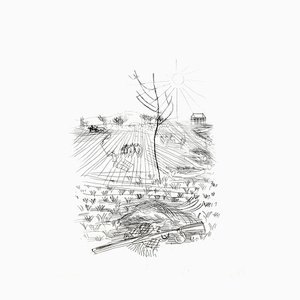
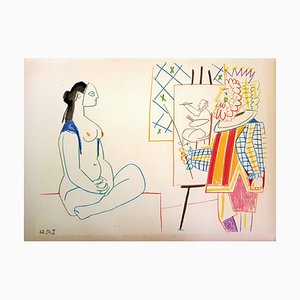
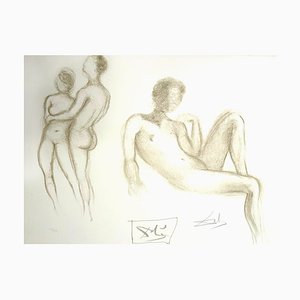



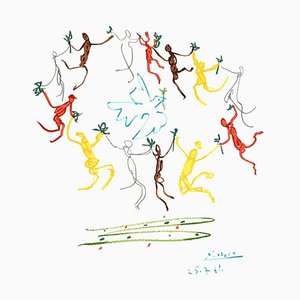
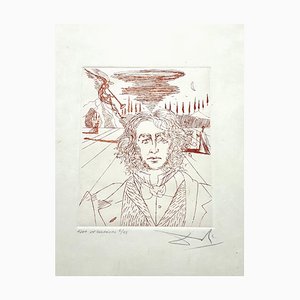
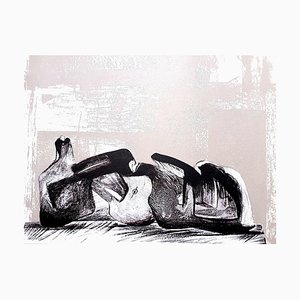
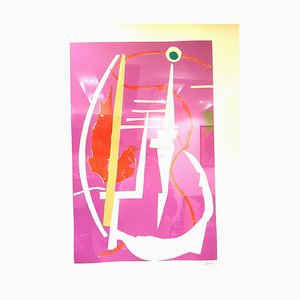

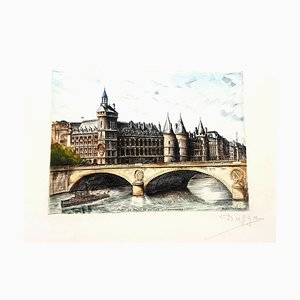
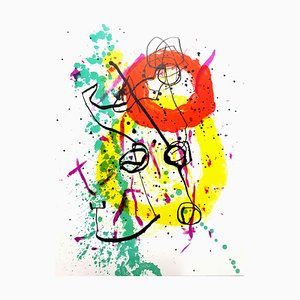
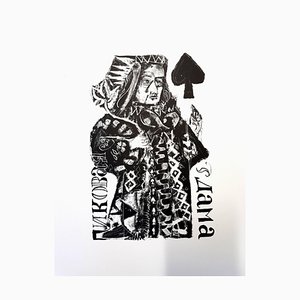
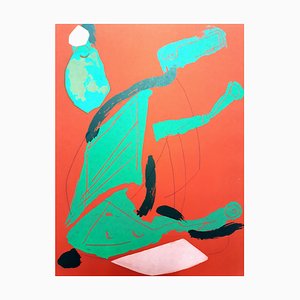
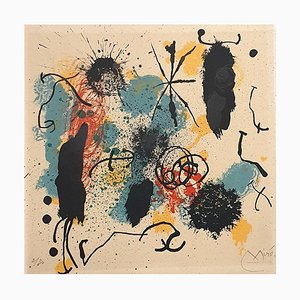
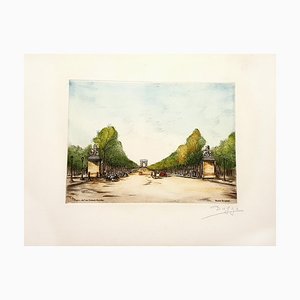
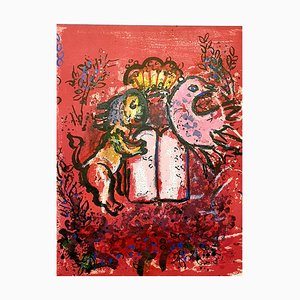
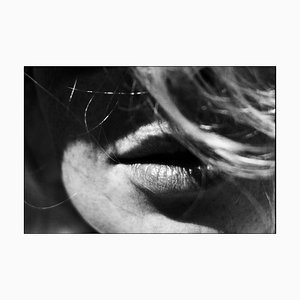

Get in Touch
Make An Offer
We noticed you are new to Pamono!
Please accept the Terms & Conditions and Privacy Policy
Get in Touch
Make An Offer
Almost There!
To follow your conversation on the platform, please complete the registration. To proceed with your offer on the platform, please complete the registration.Successful
Thanks for your inquiry, someone from our team will be in touch shortly
If you are a Design Professional, please apply here to get the benefits of the Pamono Trade Program